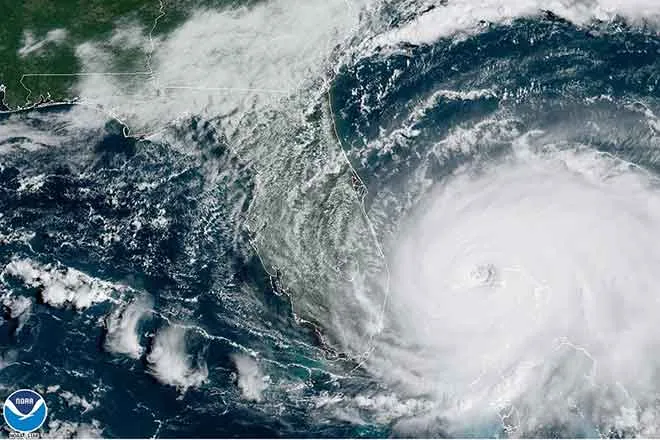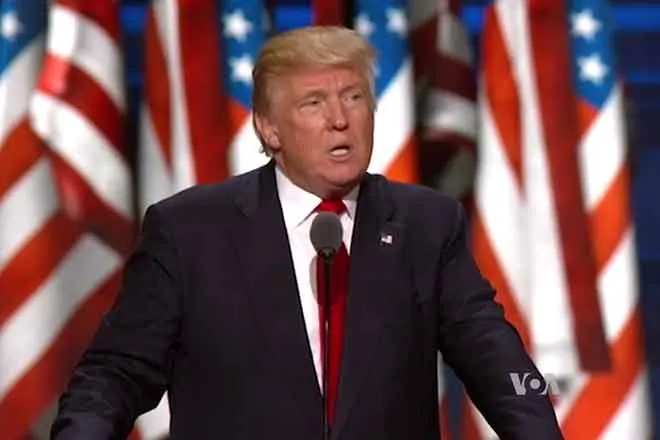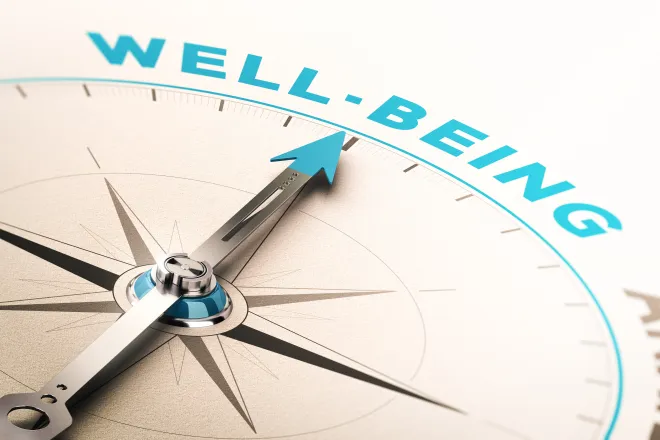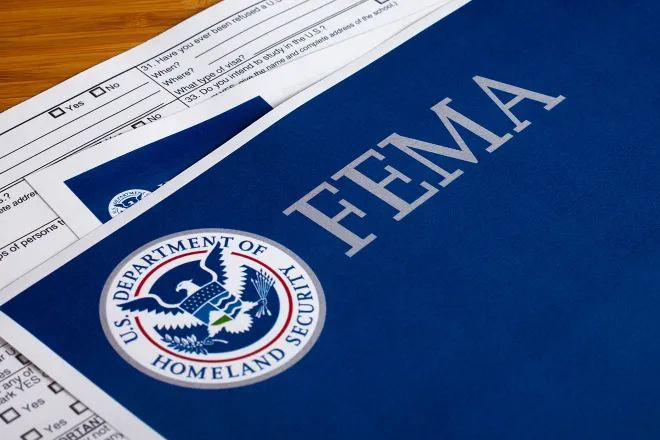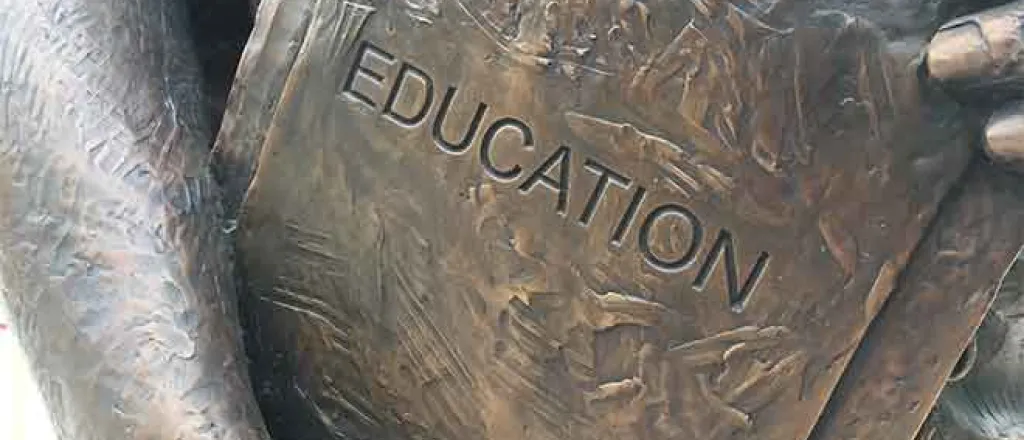
Does hardening schools make students safer?
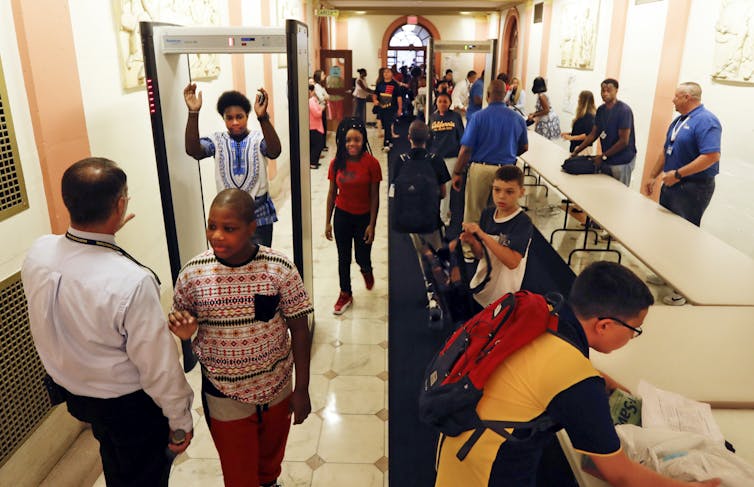
Elizabeth K. Anthony, Arizona State University
The first real possibility for federal firearms legislation in decades has been sketched out by a bipartisan group of senators.
It comes in the wake of the May 23, 2022, school shooting in Uvalde, Texas, in which an 18-year-old gunman killed 19 children and two teachers before himself being killed in a gunfire exchange with police.
Perhaps inspired by concerns that the shooter entered the school through a door whose lock malfunctioned, and faced few other barriers or restrictions during his attack, the bipartisan proposal would boost both physical security measures and the number of mental health workers in schools. It could come on top of US$1 billion in proposed funding to hire more school counselors, nurses, social workers and school psychologists.
Another approach popular among some politicians to increase school safety is so-called school hardening. Hardening encompasses a wide range of physical defenses, such as surveillance cameras, metal detectors, door-locking systems, arming teachers and even armed guards. In the weeks following the Uvalde shooting, support for arming teachers and employing police officers in schools has been renewed by leaders from both political parties.
The Uvalde shooting, like every school shooting, raises questions and concerns for parents and community members about how schools might be able to deter a prospective shooter from attacking. Sadly, my research and the research of others finds that there is no way that schools can become so secure as to prevent gun violence.
Addressing the threats
As a professor researching school safety and child trauma, I study how environments help or hinder healthy growth and development. School is an important environment to consider since kids spend more than six hours at school each day with their peers and teachers.
Researchers like me use the term school climate to describe the attitudes, beliefs, values and expectations that hold together school life, and the extent to which members of the community endorse them. While physical security features affect students’ perceptions of school safety, school climate and the actions of teachers and staff also factor into feelings of safety.
School security is big business
School security has become a major industry in the United States. Each year, more than $2.7 billion are spent on hardening schools.
But there is currently no conclusive evidence that any of these measures prevent school shootings. In some cases, attackers have shot out windows to enter the building or triggered fire alarms to cause the school’s occupants to exit. Schools’ attempts to make students safer don’t actually do that, and cost schools money that could help increase staff and better equip classrooms for learning.
Even inexpensive fixes that safety professionals consider best practices, like locking exterior doors, are of limited effectiveness. Door-locking policies are not always enforced. Or, as in the Uvalde shooting, the equipment meant to keep doors locked malfunctioned. All this spending and activity may give students and teachers a false sense of security.
Missed opportunities
School administrators feel pressure to make quick decisions about security, often based on limited or poor information.
When they buy equipment, administrators may fall prey to the idea that the systems are taking care of things, so the people don’t need to prepare.
In addition, enforcing police officers, metal detectors and other punitive measures at schools can increase school violence for historically marginalized students, spur higher rates of disciplinary action against students and reduce the availability of extracurricular activities.
In addition to not being effective in reducing gun violence, an overreliance on surveillance strategies may make students feel less safe at school. The presence of metal detectors has complicated effects and contradictory research findings. For example, metal detectors may increase students’ feelings of fear and may also violate privacy. At the same time, they may reduce the number of weapons brought on campus.
Another complicated response is lockdown drills. While some research suggests they can be effective at preventing school violence and preparing students to respond to a range of emergency scenarios, other research suggests these drills may confuse children and increase fear and anxiety.
Using evidence to protect schools
Complicating the notion of hardening access to school buildings is the fact that about half of school shootings are carried out by people within the school community – students, alumni, staff or family members – who would likely be allowed into the school and permitted to pass through various security checks.
School safety is not just a physical challenge, but a psychological one too.
A comprehensive approach to school safety actively engages students, teachers and parents, identifies high-risk individuals using threat assessment techniques, and instructs teachers and administrators to refer these students to mental health services.
Increasing school-based mental health services is a proven way to increase school safety and promote a positive school climate, and includes teaching students conflict management and emotional coping skills. Research suggests that these efforts support the well-being of students, thereby increasing school safety. These services can also help school communities deal with trauma in the aftermath of violence.
Helping schools become ready to implement a comprehensive approach is an important task. Many schools lack the financial resources to pay for those programs and services.
The new legislation provides an opportunity. Schools have historically struggled to fund an adequate number of counselors and social workers for the needs of the school community. Particularly as COVID-19 relief funds are drying up, schools are scrambling to hire and retain sufficient mental health staff. The new federal proposal could help fund those efforts.
Schools cannot be hardened enough to prevent gun violence. Schools can, however, become more physically and psychologically safe so students can learn and thrive.![]()
Elizabeth K. Anthony, Associate Professor of Social Work, Arizona State University
This article is republished from The Conversation under a Creative Commons license. Read the original article.




